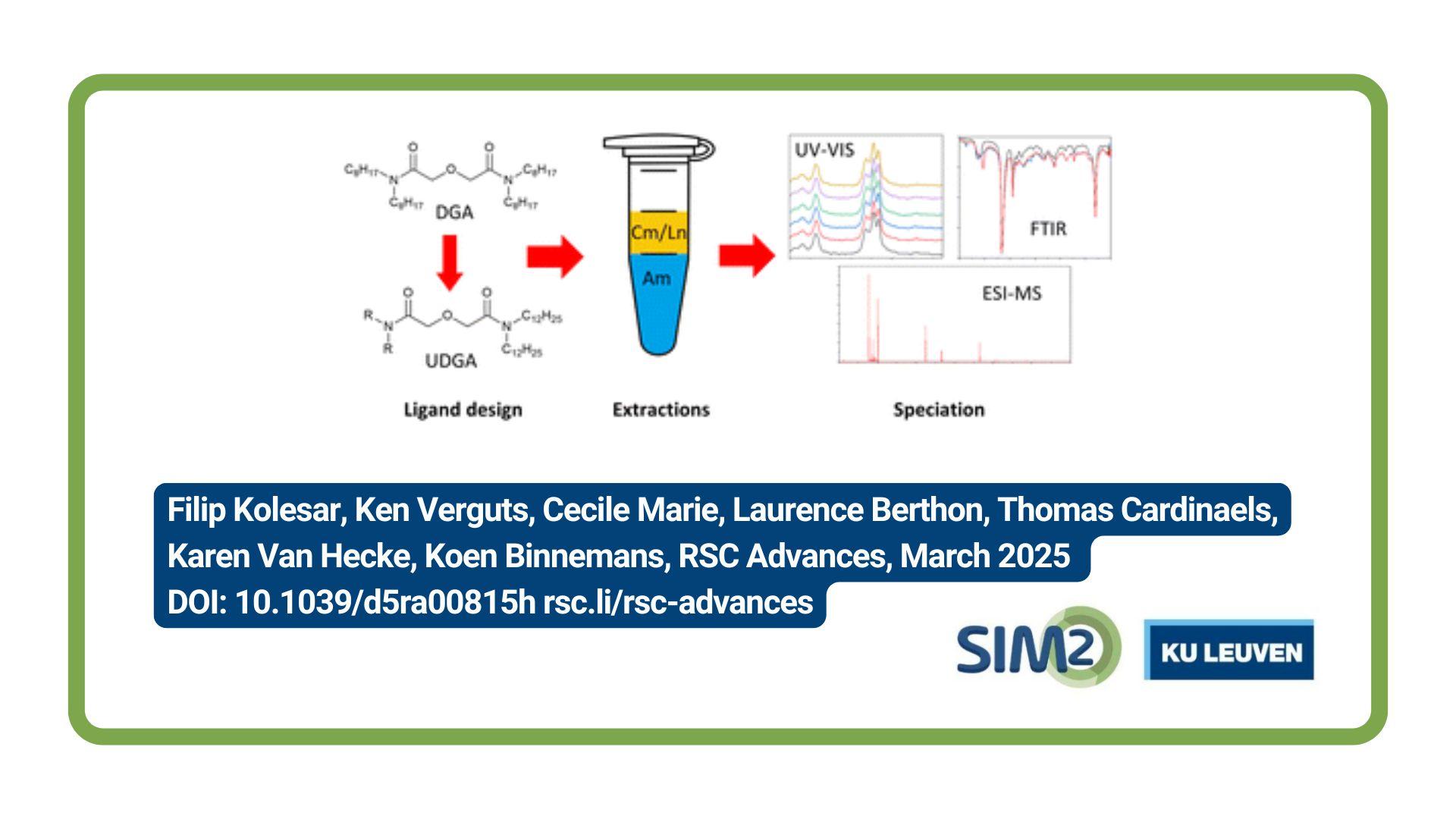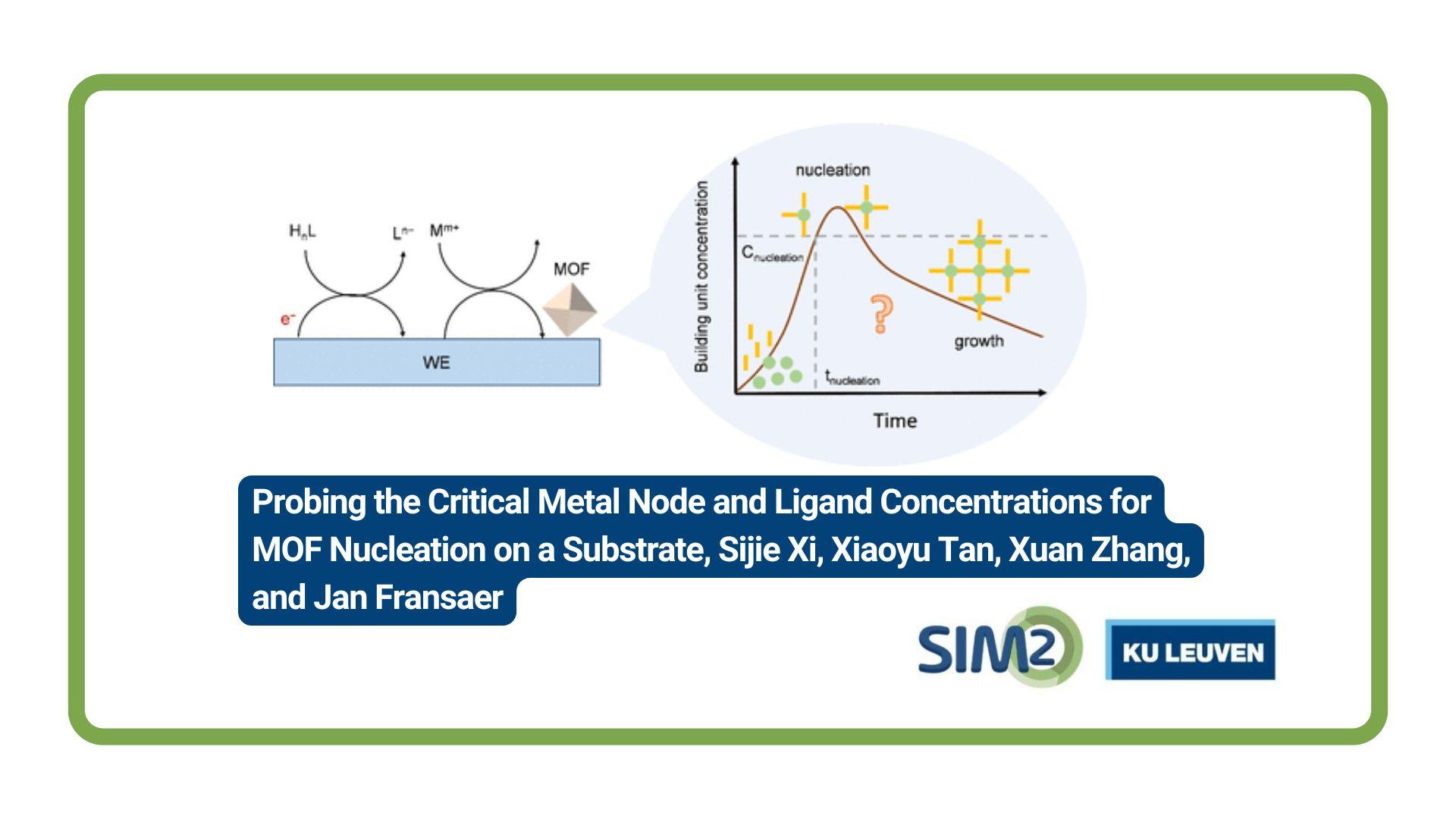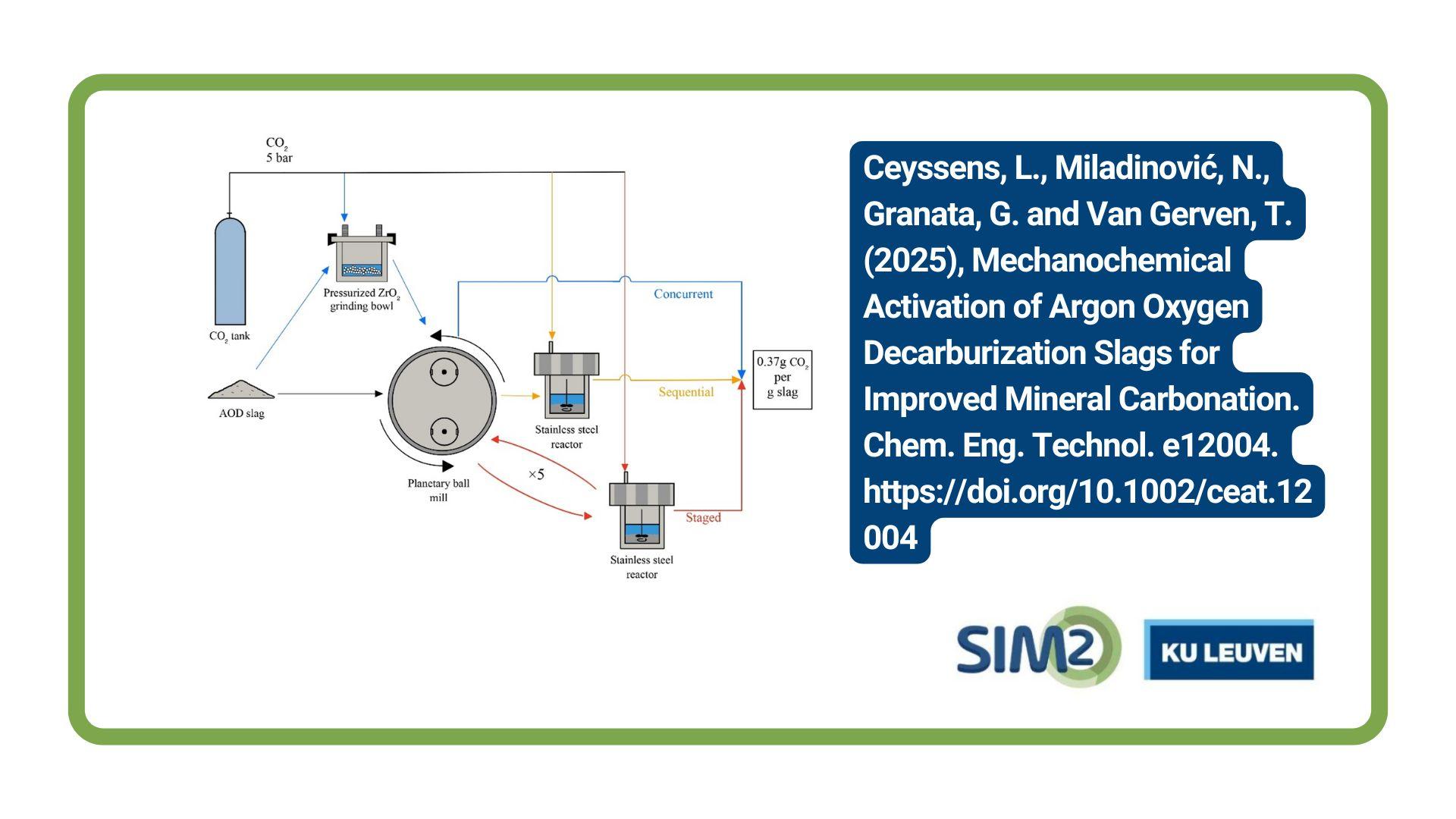After some months of hard work, planning and coordinating all necessary activities, the work package 1 (WP1) began with the first field landfill mining activities at a municipal solid waste (MSW) landfill located in Mont-Saint-Guibert, Belgium. This was possible due to the smooth collaboration between Renewi Belgium S.A. (operator of the landfill), Stadler Anlagenbau GmbH and the research fellows from other work packages of the NEW-MINE project (Giovanna, Jay-el and Yamid).
The planning for these activities was divided in 3 main tasks:
1. Geophysical explorations -> 2. Excavation works -> 3. Material pre-processing & Sampling
1. Geophysical explorations

Between June and August 2017 the geophysical explorations of the landfill parts available for excavation were performed. Multi-sensor geophysical data from these areas and from the disposed waste materials at the landfill were gathered. This information was processed and analyzed, in order to select the most interesting area for excavation. The cover layer was then removed from the selected area and further geophysical measurements were carried out. By processing the obtained data, a possible distribution of physical properties in the subsurface was derived. Those properties distributions were assumed to link to corresponding changes in the disposed waste materials. The information obtained from these explorations resulted very helpful and roughly accurate for the initial purposes. However, this information is yet to be validated with the results of the material characterization, which will be done during the following months, in order to evaluate the prediction of certain materials.

2. Excavation works

Once we completed our first task, we proceeded to excavate the material. Although this activity seems simple and easy to accomplish, very much attention needs to be paid to it, since excavating an old landfill might release fine particles, trapped gases (e.g. methane) and liquids (e.g. leachate), which may lead to incidents or accidents if appropriate measures are not taken into account. For this, a H&S Prevention Plan was elaborated and followed. During the last days of August and the first week of September 2017, a total of about 400 m3 of landfill material was excavated. The excavated area was divided into 4 excavation volumes. These volumes were classified, according to their main composition in-situ, into: mostly municipal solid waste (MSW), mostly construction and demolition waste (C&D) and a mixture of both materials. Directly after their excavation, these volumes were sent to the pre-processing step individually, so we could study their processability and identify the differences between them. During these first days of the activities, the excavation, pre-processing and sampling of the material were executed in parallel.
3. Pre-processing & Sampling
The pre-processing consisted of a ballistic separation step, followed by a shredding step for some of the output fractions.
The ballistic separator, supplied by Stadler Anlagenbau GmbH, sorted the input material into 3-dimensional, 2-dimensional and under-screen fractions by means of density, shape and particle size differences. This machine separates the 3-D and 2-D fractions, while screening the material at the desired particle size. In our case, two ballistic separation steps at 200 mm and 90 mm were applied.
After processing the material with the ballistic separator, a mobile MSW shredder was used to reduce the particle size of the 2-dimensional fractions, which served as preparation step for future tests in the thermo-chemical conversion process.

Due to the big amount of material excavated and pre-processed, samples of each of the input materials, as well as of the output fractions of the ballistic separator were taken for further analysis. In this way, the quantity of material to be characterized and the amount of laboratory analysis can be reduced.
The sampling of the processed materials was not an easy task either, as the representativeness of the taken samples must be sought. For this, a specific procedure is to be followed according to the type, amount and particle size of the material to be sampled.
Despite those weeks being very effort demanding and, sometimes, stressful, the results were extremely rewarding and it was an awesome experience. Now, we have provided the project with real landfill mined material to work with. We can continue to work further with our samples and carry out tests and perform laboratory analyses. So, let´s get down to work!
About the Author:

Juan Carlos is our ESR04. He originally is from Mexico, lived a few years in Germany, but moved to Belgium to work on his PhD as an employee of Renewi. His task is to produce RDF from presently inappropriate waste fractions. These are the fines fractions, which normally contain a relatively high amount of undesired components for the RDF production, i.e. pollutants, high moisture and elevated ash content. His main target is to find a way to treat these fractions in order to minimize the amount to be disposed-off and maximize the amount to be recuperated or transformed into energy. You can contact him at juan.carlos.parrodi@shanks.be. |
This article first appeared on www.new-mine.eu website.





